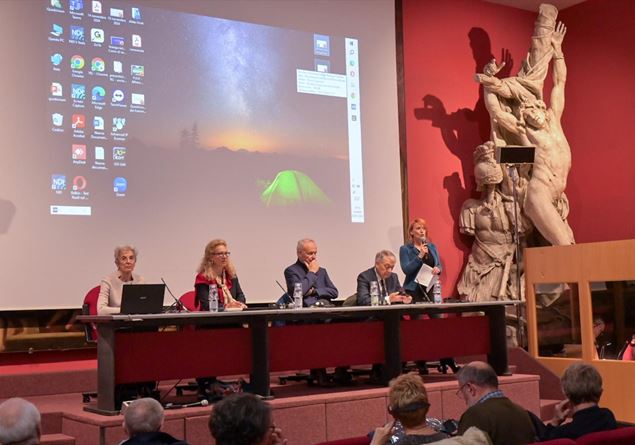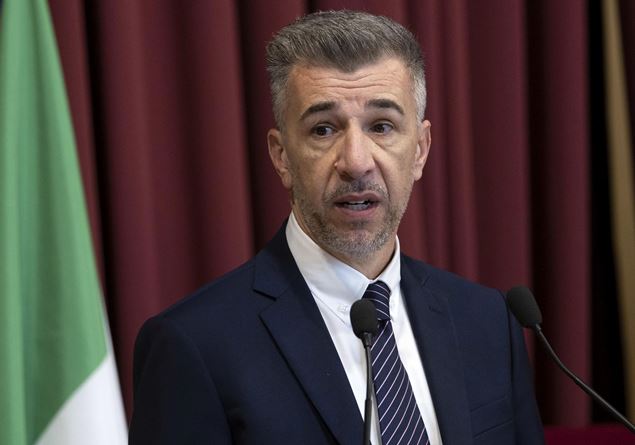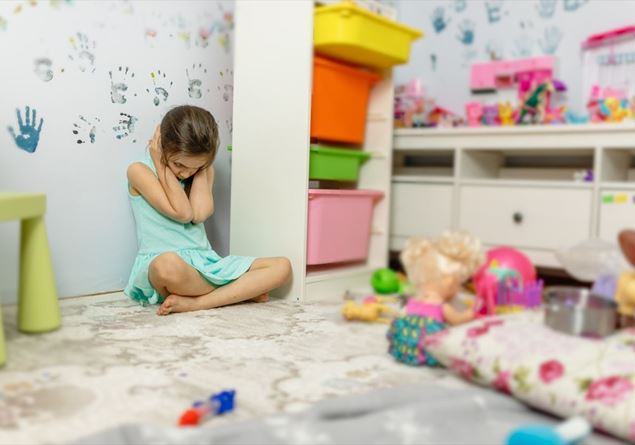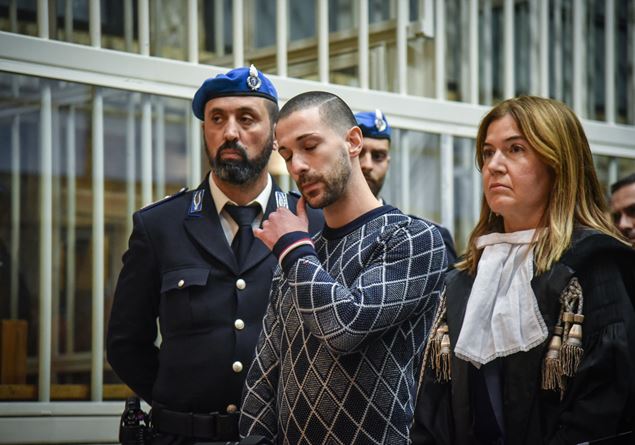
Human history is full of wars waged in the name of God. “Deus lo vult”, shouted the crusaders, “Gott mit uns” (“God is with us”), was written on the uniforms of Nazi soldiers, “Allahu Akbar ”, shout the Islamic terrorists. The roots of most of these conflicts are also in the Bible where, as Cardinal Ravasi recalls, warning against literary interpretations and the rejection of any hermeneutic approach to the text, «it has been calculated that in at least a thousand Old Testament passages the wrath of God punishes, avenges, annihilates; in six hundred massacres and wars are described; in one hundred it is God himself who orders the capital executions of people.” For this reason it is more necessary than ever to scrutinize the scriptures, that is, to know how to interpret and contextualize them.
“Scrutinizing the Scriptures” is also the – significant – subtitle of the Bible in Arabic which will be presented on November 26 in Rome on the feast of blessed James Alberionefounder of the Pauline Family, and in the centenary of the biblical apostolate service of the Paulines, in the presence of Cardinal Pierbattista Pizzaballa, Latin Patriarch of Jerusalem, and the bishops of various Arabic-speaking Churches.
This is the first edition of the Bible in Arabic with extensive commentary and annotations (the volume exceeds three thousand pages!) with three levels of notes – theological, exegetical and historical – to explore the full depth of the biblical text. The overall project is directed by International Catholic Bible Society, (SoBiCaIn), officially recognized in 1924, whose president is the Superior General of the Society of Saint Paul, Don Domenico Soliman.
The work of editing, translation and revision was coordinated by the biblical scholar, the Maronite father Jean Azzam and by the biblical scholar of the Patriarchate of Jerusalem Don Francesco Voltaggio. Both led two working groups, one in Lebanon and one in Israel and Palestine.
«There was already an Arabic Bible, but none in the world has the wealth of notes, introductions, parallels and help in reading this one», explains Azzam, «we used the translation of the Old Testament, from Hebrew and from Aramaic, which the Jesuits had already done in the nineteenth century. For the New, however, we used the liturgical text, also in use in the Maronite Church, which we translated from Greek in the years from 1993 to 2000. I chaired the Commission of four biblical scholars who did this work.”
Father Azzam answers the phone from Beirut where he lives in the interreligious and international seminary “Redemptoris Mater”.
Why the need for a new edition of the Bible?
«This project, Search the Scriptureswants to help the reader to better understand the texts not only from a theological point of view, but, above all, from a pastoral, existential and historical one”.
For example?
«If we talk about the Holy Spirit, the note will insist on how he manifested himself from the beginning of time until the end and will highlight the passages that help the reader to better understand his action. The notes are used to meditate on the historical, literary and existential meaning of the texts. For this reason, like the Italian translation, the project is called Search the Scriptures, because it helps us enter into the Word of God.”
Were the notes the biggest job?
«Yes, no Bible in the world has this apparatus. It is used to enter into the prayer of the biblical text. Even the notes on history and geography are functional to help the reader. We followed what is said in the Christian tradition and that is that the Bible is explained with the Bible, the Word of God explains the Word of God. This is very patristic: the variety of texts and authors does not change the basic concept and that is that there is only one divine Author who unites everything and that is the Holy Spirit. It is he who causes a clearer text to clarify another and vice versa.
Who worked on these notes?
«We have been many biblical scholars, doctors of theology, scholars. On average each worked on about fifteen notes. We also drew on the latest biblical discoveries and then there are the very important introductions to help in the lectio. Of the 2,920 pages, almost half are notes, introductions and parallels.”
Who is this Bible aimed at?
«To the entire Middle East. We also consider that we have drawn heavily on patristic and rabbinic writings. They have served us for a better historical and theological understanding of the entire biblical tradition that prepared the advent of Jesus Christ. This is an important aspect to underline that this is a Bible intended not only for all Christians in the Middle East, but truly for all people of faith and otherwise.”
Where will it be distributed?
«In Iraq, in Egypt, in Lebanon, in Jordan, in Jerusalem. The Bible belongs to everyone. The notes are not doctrinal, but have an ecumenical value.”
At this time when the Middle East is on fire, can this be a sign of peace?
«We hope so. Of course, prayer is not a magic wand, but every prayer contributes to peace. These meditations, all the work done are intended to help dialogue.”
Do you live in Beirut?
«Yes, I chose to stay in the “Redemptoris Mater” seminary. Both as a Christian community and as a Sunni Muslim community we are trying to help the refugees. And I hope that this Bible can also help us move forward together. We were supported by many Middle Eastern bishops with the aim of truly finding the “Good News” in the Bible to bring to everyone. The Lord carried forward the history of salvation up to Christ and from Christ to us. We hope that the Kerigma of good news will soon reach everyone.”









